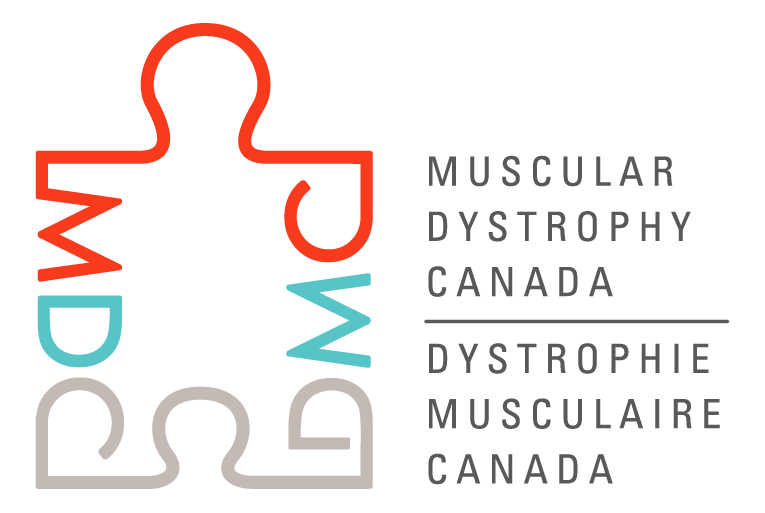Enhancing the efficacy of antisense oligonucleotide therapy for FSHD
2021
Lead investigator

Dr. Toshifumi Yokota
University of Alberta
Edmonton, Alberta
Collaborators & Co-Investigators
- Pieter Cullis, PhD
- Dominik Witzigmann, PhD
Research Sites & Affiliations
- University of British Columbia, Vancouver, British Columbia
Budget: $60,000
Disorders: Facioscapulohumeral muscular dystrophy
Research Areas: Discover Novel Treatments & Therapies
Abstract:Facioscapulohumeral muscular dystrophy (FSHD) is one of the most common kinds of muscular dystrophy. It is a genetic problem that results in weakening and wasting of muscle in the face, shoulders, and limbs. FSHD is equally common in women and men. It can start at different ages, but most people with FSHD begin to show symptoms as teenagers. A childhood form of FSHD starts as early as 10 years of age—this type of FSHD is much more severe, with a high risk of patients developing problems with hearing and vision. Once FSHD starts, people with it experience a lifetime of disability. There is currently no cure for FSHD. Our proposed research aims to develop a new treatment for FSHD. FSHD is caused by abnormal production of a protein called DUX4 in muscle cells. Healthy muscle cells do not have DUX4. We plan on using small-DNA-like molecules called gapmers to decrease the amount of DUX4 protein in muscle cells. Gapmers are able to do this by specifically finding and destroying the gene products responsible for making DUX4. In addition, we will use lipid nanoparticles (LNPs) to enhance the effectiveness of gapmers. The ultimate result of this work will be to identify a possible gapmer-LNP that can be tested in clinical trials for treating FSHD. Developing a new therapy for FSHD will positively impact the lives of people with the disease.
Impact:
